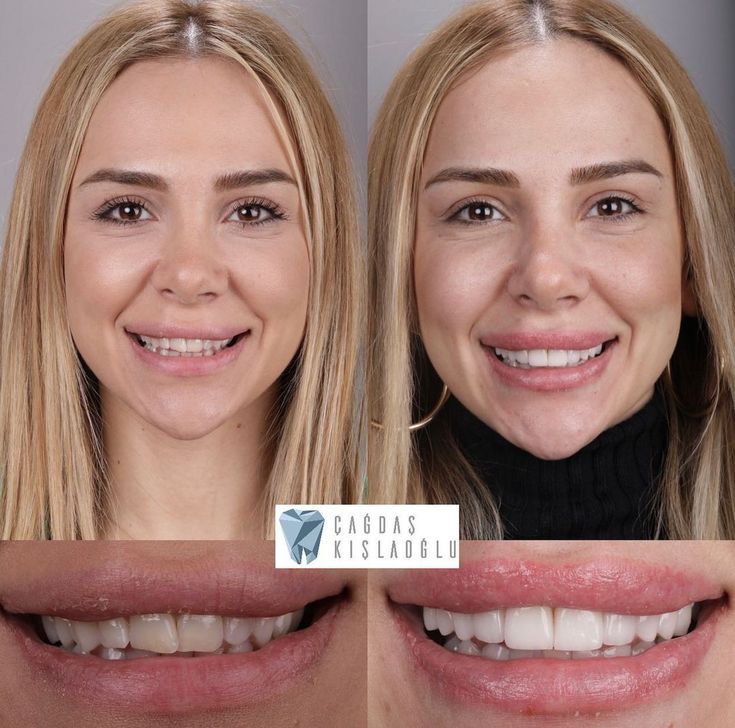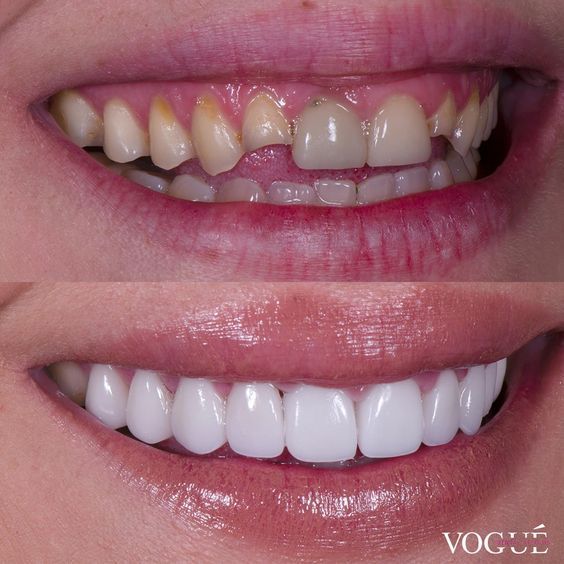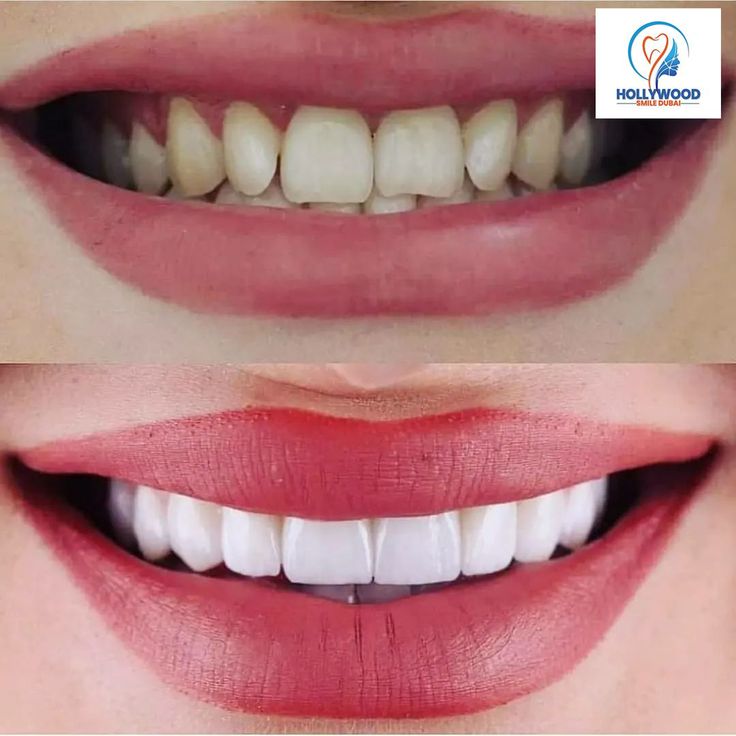Introduction
Veneers offer a transformative solution for achieving a stunning smile correcting imperfections like discolouration, chips, or gaps. However, the process often involves a step that can cause concern: preparing or “shaving teeth for veneers.” This article dives deep into the world of veneers, explaining the reasons behind tooth preparation, the procedure itself, potential risks, and the ultimately beautiful results you can expect.We aim to provide a clear and comprehensive understanding, helping you make informed decisions about your dental health and understand why dentists shave teeth.
What Are Veneers and Why Consider Them Even With Veneers Shaved Teeth?
Veneers are thin, custom-made shells crafted from porcelain or composite resin bonded to your teeth’ front surface. They act as a mask, concealing imperfections and creating a more aesthetically pleasing smile, even if it involves the veneer process shaving.
Benefits of Veneers:
- Correcting Discoloration: Veneers can cover stubborn stains that resist teeth whitening.
- Repairing chips and cracks: Dentists can seamlessly conceal minor chips and cracks.
- Closing gaps: Dentists can close small gaps between teeth without orthodontics.
- Reshaping teeth: Dentists can alter the size and shape of teeth with veneers for a more uniform appearance, even if they have to shave down the teeth.
- Improving Alignment: They can create the illusion of straighter teeth without braces, requiring careful planning of the teeth shaving for veneers.
The “Shaving” Process: Understanding Tooth Preparation When Getting Veneer Teeth Shaved
While veneers are minimally invasive compared to other cosmetic dental procedures, dentists often prepare some degree of tooth structure. This involves removing a thin layer of enamel from the front surface of the teeth that will receive the veneers, also known as “veneers shaving.”
Why is Tooth Preparation Necessary?
- Creating Space: The veneer needs space to sit flush against the surrounding teeth and gums, creating a natural-looking result and avoiding a bulky appearance of veneers after shaved.
- Ensuring a Strong Bond: Removing the outer layer of enamel creates a rougher surface that allows the bonding agent to adhere more effectively, justifying the shaving teeth before veneers.
- Preventing Bulky Appearance: Without tooth preparation, the added thickness of the veneer could make the teeth look unnaturally bulky or protrude excessively, explaining why dentists may choose to shave teeth down for veneers. This is especially important when dealing with teeth that have had pre veneers shaved teeth.
How Much Tooth Structure is Removed?
The amount of enamel removed is typically very minimal, usually ranging from 0.5 to 1.0 millimeters. This is roughly the thickness of a fingernail. Your dentist will carefully assess your teeth and determine the minimum amount of preparation needed to achieve the desired outcome, ensuring you know do they shave down your teeth for veneers?
Step-by-Step Guide to Tooth Preparation for Veneers: Minimizing Enamel Removal During Veneer Shaving
Understanding the preparation process can help alleviate anxiety and provide a clearer picture of what to expect during veneers teeth shaving.
- Consultation and Planning: Your dentist will evaluate your teeth, discuss your goals, and create a customized treatment plan.
- Shade Selection: You’ll work with your dentist to choose the perfect shade for your veneers, ensuring they blend seamlessly with your natural teeth.
- Local Anesthesia: The area will be numbed to ensure a comfortable and pain-free experience, allowing for a smooth shave teeth down for veneers procedure.
- Tooth Preparation: Using specialized instruments, your dentist will carefully remove a thin layer of enamel from the front surface of the teeth.
- The dental team will take an impression of your prepared teeth and send it to a laboratory to fabricate your custom veneers.
- Temporary Veneers: Temporary veneers may be placed to protect your prepared teeth while you wait for your permanent veneers to be তৈরি. For patients with shaved teeth veneers, these temporaries are crucial.
Potential Risks and Considerations After Having Your Teeth Shaved for Veneers
Although generally safe, your dentist should discuss the potential risks of the tooth preparation process with you before you consider “teeth shaving for veneers.”
- Tooth Sensitivity: Removing enamel can sometimes lead to increased sensitivity to hot or cold temperatures. This is usually temporary and can be managed with desensitizing toothpaste.
- Irreversible Process: Once enamel is removed, it cannot be replaced. This is a permanent commitment to veneers or other restorative treatments.
- Nerve Damage (Rare): In extremely rare cases, the preparation process could potentially damage the nerve of the tooth. It’s crucial to use a skilled dentist.
- Increased Risk of Decay (If Not Maintained): Proper oral hygiene is essential after getting veneers. Poor hygiene can lead to decay around the edges of the veneers. Regular checkups are also crucial.
It’s important to weigh the potential risks against the benefits and discuss any concerns with your dentist, especially if you have concerns about “veneers shaved down teeth“.
No-Prep Veneers: Are They a Viable Alternative to Having Your Veneers Shaving Teeth?
In some cases, no-prep veneers, also known as minimal-prep veneers, may be an option. These veneers are ultra-thin and require little to no tooth preparation, so you don’t have to worry about having your “shaved veneer teeth.”
Advantages of No-Prep Veneers:
- Minimal Tooth Structure Removal: Preserves more of your natural tooth structure, appealing to those who may want to “can you shave down your teeth“.
- Reversible (In Some Cases): Because little to no enamel is removed, the process may be reversible.
- Reduced Sensitivity: Less likely to cause tooth sensitivity.
Disadvantages of No-Prep Veneers:
- Not Suitable for All Cases: They may not be appropriate for teeth with significant discoloration, misalignment, or damage.
- May Look Bulky: Due to their thickness, they can sometimes look bulky or unnatural.
- Less Durable: They may not be as durable as traditional veneers. In cases where shaved canine teeth need adjustment, it may not be suitable.
Your dentist can evaluate your teeth and determine if no-prep veneers are a suitable option for you, allowing you to avoid needing to shave teeth completely. They also consider if it may mean the shaving down teeth for veneers is not necessary.
The Beautiful Results: Achieving Your Dream Smile With or Without Pre Veneer Teeth Shaving
Despite the potential risks and the need for tooth preparation in many cases, the results of veneers can be truly remarkable. Veneers can transform your smile, boosting your confidence and improving your overall appearance. The results even extend to how reshaping teeth shaving before and after can significantly affect one’s confidence and daily living.

Maintaining Your Veneers for Long-Term Success After Veneers Shaved Teeth Before and After
To ensure the longevity and beauty of your veneers, it’s essential to follow proper oral hygiene practices and visit your dentist regularly for checkups and cleanings, to see whether you achieved the veneers after shaved aesthetic you were aiming for.
Tips for Maintaining Veneers:
- Brush and floss daily: Use a soft-bristled toothbrush and fluoride toothpaste.
- Avoid abrasive toothpaste: These can scratch the surface of your veneers.
- Limit staining foods and drinks: Coffee, tea, red wine, and berries can stain veneers over time.
- Avoid biting hard objects: This can chip or crack your veneers.
- Wear a mouthguard at night: If you grind your teeth, a mouthguard can protect your veneers from damage.
- Schedule regular dental checkups: Your dentist can monitor the condition of your veneers and provide professional cleanings. Ensuring you have good health of teeth before veneers shaved down.
Finding a Qualified Dentist for Veneers Who Understands Veneers Shaving Teeth is Critical
Choosing a qualified and experienced dentist is crucial for a successful veneer procedure. You want someone who has extensive experience with knowing if veneers shave down, and the processes involved.
- Has extensive experience with veneers: Ask to see before-and-after photos of their veneer cases.
- Uses high-quality materials: Dentists consider porcelain veneers the most durable and natural-looking option.
- Offers a comprehensive consultation: Your dentist should thoroughly evaluate your teeth and discuss your goals and expectations, particularly regarding teeth shaved down before veneers.
- Is committed to patient satisfaction: Choose a dentist who shows care, understanding, and willingness to answer all of your questions. It is better for them to understand shaving down teeth for veneers from the beginning.
The Future of Veneers: Advancements and Innovations in Veneer Shaving Techniques
The field of cosmetic dentistry is constantly evolving, and new advancements in veneer technology are emerging that help in ensuring minimum shaving teeth before veneers. These include:
- Improved materials: Manufacturers are developing stronger and more natural-looking porcelain materials.
- Digital design and fabrication: Dentists use CAD/CAM technology to create highly precise and customized veneers, potentially reducing the need to shave teeth for veneers.
- Minimally invasive techniques: Dentists focus more on preserving natural tooth structure, making “porcelain veneers teeth shaving” rarer.
These advancements promise to make the veneer process more predictable, comfortable, and long-lasting while also improving the ability to determine exactly what kind of veneer shave-down is needed.

Conclusion
The decision to get veneers is a personal one that should be made in consultation with a qualified dentist. Understanding the process of shaved teeth for veneers, the potential risks, and the beautiful results can empower you to make an informed choice that will enhance your smile and boost your self-confidence. While the thought of altering your natural teeth may seem daunting, the transformative power of veneers is undeniable. With proper care and maintenance, your new smile can bring you joy for years to come, whether it involves veneer shaving, or other related dental procedures.
Frequently Asked Questions (FAQs) About Shaved Teeth For Veneers:
Q: Do all veneers require shaved teeth?
A: Not always. No-prep or minimal-prep veneers are an option in some cases, lessening the amount of veneer teeth shaved down.
Q: Is the tooth preparation process painful when you have your teeth shaved?
A: Local anesthesia is used to ensure a pain-free experience, so that having shaved down teeth before veneers shouldn’t cause undue pain.
Q: How long do veneers last before they have to be replaced?
A: With proper care, veneers can last for 10-15 years or even longer, although teeth before veneers shaved down may require some maintenance.
Q: Are veneers covered by insurance, since?
A: Veneers are typically considered a cosmetic procedure and are not usually covered by insurance, and that is independent of requiring you to have your shaving teeth before veneers.
Q: What are the alternatives to veneers if one is hoping to avoid teeth?
A: Alternatives include teeth whitening, composite bonding, and orthodontics.










